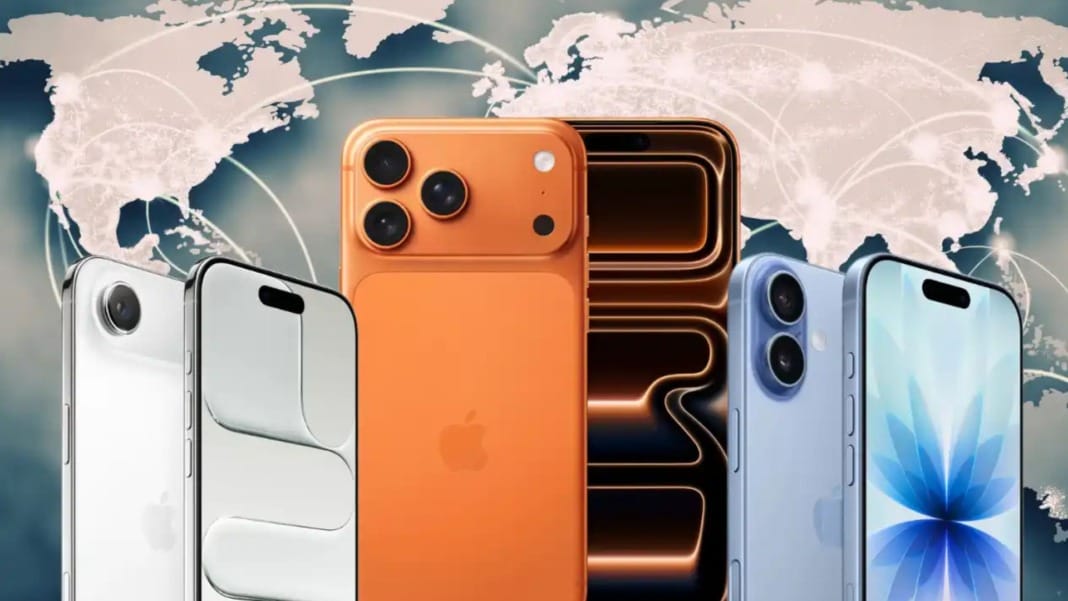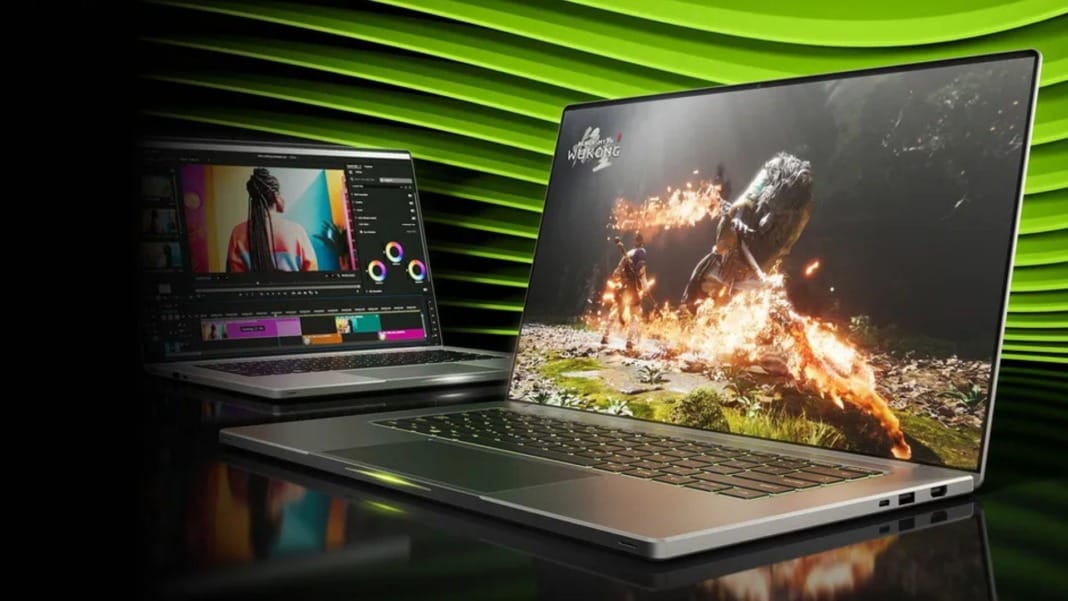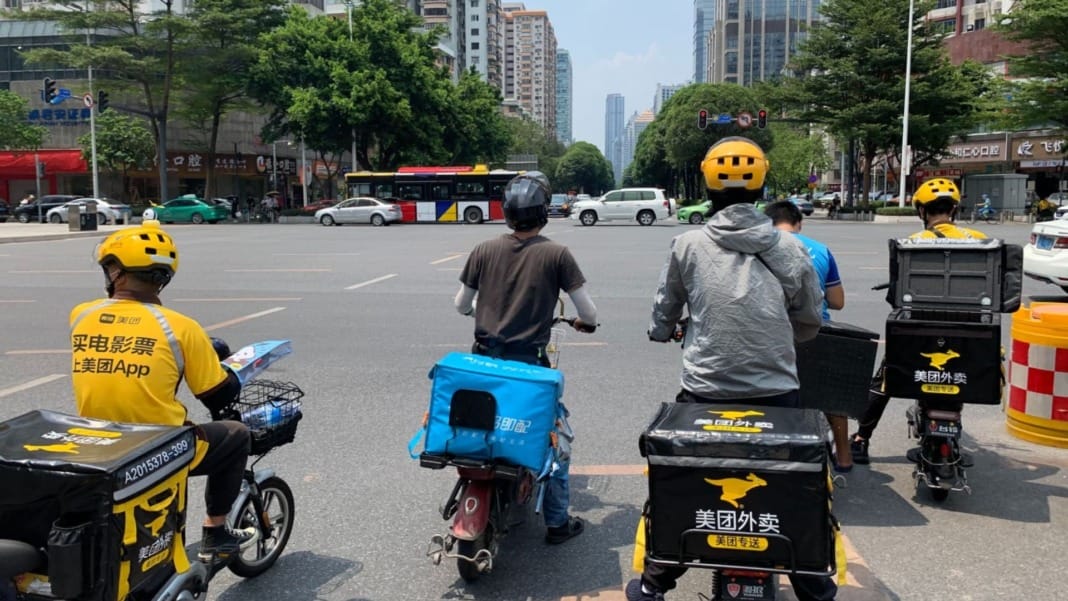Apple’s iPhone 17 series has seen record-breaking demand in China, with pre-orders outpacing last year’s iPhone 16 despite delays affecting one model.
Pre-orders surge on launch night
Pre-order sales began at 8 pm local time on 12 September, and within the first minute, sales on JD.com, one of China’s biggest e-commerce platforms, had already exceeded the first-day volume achieved by the iPhone 16 series. According to JD.com, the standard iPhone 17 with 256GB of storage was the most popular option among customers.
The results did not include the iPhone Air, Apple’s thinnest handset to date, which has been postponed while the company works with Chinese regulators over the use of its embedded SIM.
The rush for new devices disrupted Apple’s own website. Chinese media outlet The Paper reported that some customers struggled to access the pre-order page. One buyer noted that it took five minutes for the site to process their payment, yet they still managed to secure delivery on the 19 September launch date.
iPhone 17 Pre-orders Crash Apple’s Official Website in China
— Jukan (@Jukanlosreve) September 12, 2025
• The iPhone 17 series officially opened pre-orders at 8 p.m. on September 12. Consumer demand was so strong that many also flocked to Apple’s offline stores. When the reporter attempted to access Apple’s official…
In Shanghai, all collection slots for the iPhone 17 Pro Max at official Apple stores were fully booked within 20 minutes of pre-orders opening. By Saturday morning, Apple’s website showed that buyers in Guangzhou would need to wait until 15 October to receive any model from the iPhone 17 series.
Brand loyalty drives strong sales
Analysts said the overwhelming response highlights Apple’s strong brand position in China, even as competition intensifies in the premium smartphone sector.
“Apple has astutely segmented its product line-up, ensuring each model appeals to distinct user needs,” said Nabila Popal, senior research director at market research firm IDC. “Collectively, these devices will drive a robust wave of new purchases for the company.”
Earlier in September, consultancy TrendForce estimated that global shipments of the iPhone 17 series would be 3.5 per cent higher than those of the iPhone 16 line-up. It predicted that the Pro models would continue to drive the majority of sales.
The iPhone Air, which has replaced the Plus model in Apple’s portfolio, is expected to play a significant role once it becomes available. IDC forecasts that the Air will generate between 5% and 7% of Apple’s global shipments in the category previously served by the Plus.
Competition from Chinese rivals
Despite strong early momentum, analysts warned that Apple faces mounting pressure from Chinese manufacturers. Huawei, in particular, is expected to compete aggressively in the high-end segment.
Counterpoint Research senior analyst Ivan Lam predicted in July that “iPhone sales in China will stumble amid weak consumer spending … and tepid iPhone 17 upgrades won’t spark demand” in the second half of 2025.
Local competitors have already begun accelerating their launches to capture market share. Huawei unveiled its second-generation trifold flagship device just days before Apple’s announcement, while Xiaomi moved its Xiaomi 16 launch forward from October to late September.
Apple’s early success in pre-orders suggests that enthusiasm for the iPhone brand remains strong in China. Still, the months ahead may reveal how well the company can maintain momentum in a highly competitive market.





